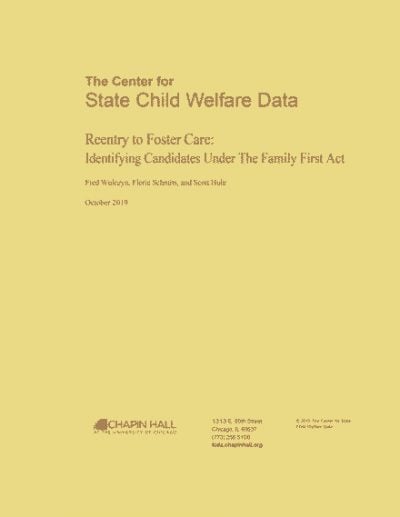Reunification and Reentry
Among children who were discharged from their first foster care placement and reunited with their caregivers, 27% returned to foster care.

This report examines the risks of children returning to foster care after discharge and seeks to help child welfare agencies identify kids who might benefit from evidence-based interventions available through the Family First Prevention Services Act. The report’s findings are based on a sample of more than 600,000 children in 20 states and covers a seven-year time frame —from 2003 to 2010. It includes all children who exited their first stay in care before age 18 and were either reunited or placed with guardians. To assess the risk of reentering foster care, researchers looked at three clusters of variables: child characteristics (e.g., race/ethnicity, gender and age); placement history (e.g., type and duration); and social context (e.g., socioeconomic disadvantage).
The risk of reentering foster care is greatest at two different times in a child’s life: During infancy and in their teenage years — particularly between the ages of 14- and 15-years-old.
We hope you'll find value in this report. We’d love to get a little information from you, which we'll use to notify you about relevant new resources.